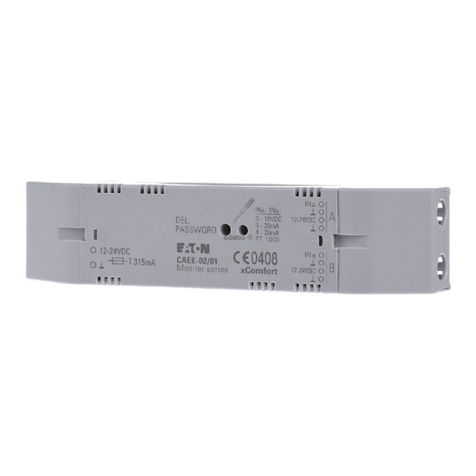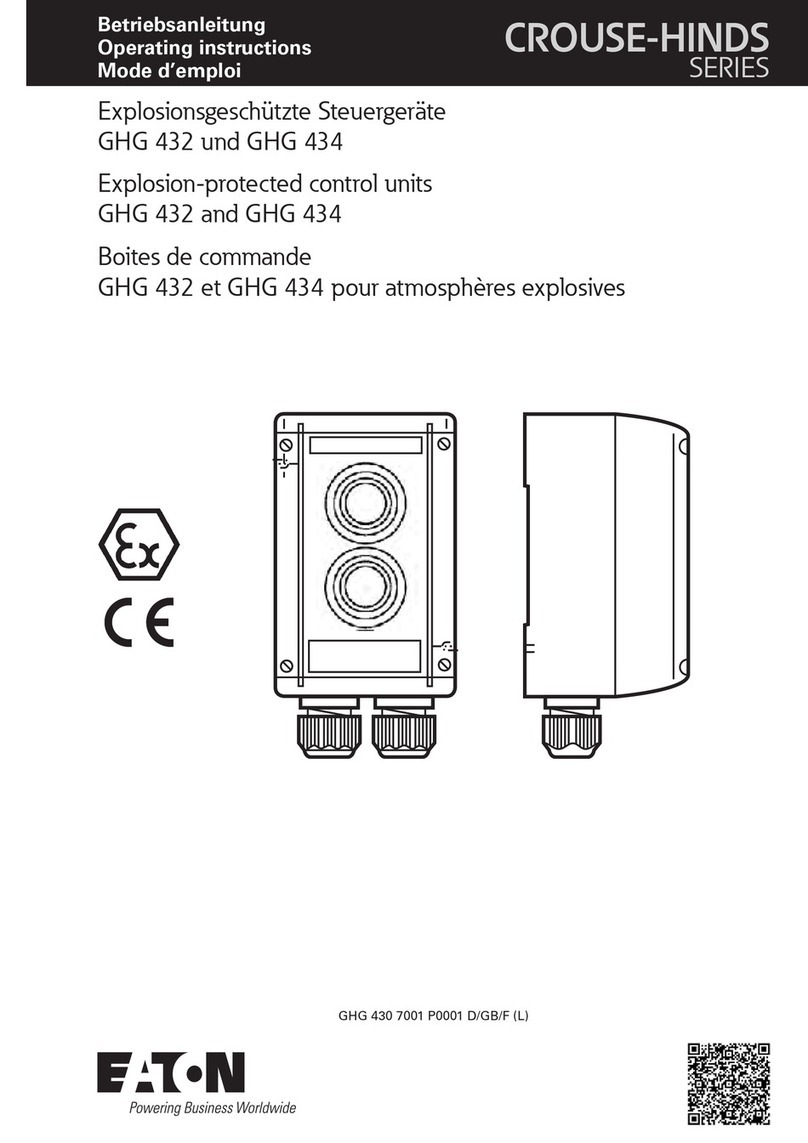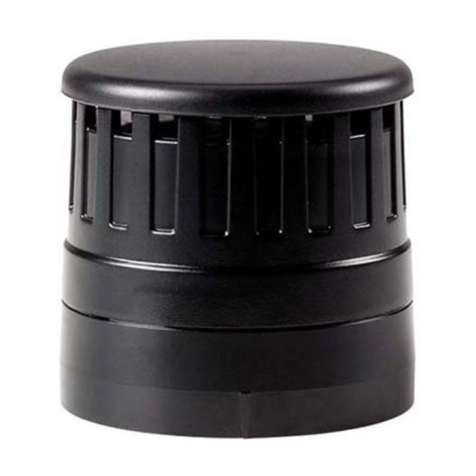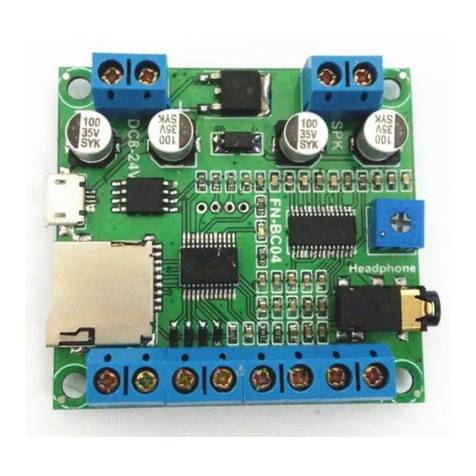Eaton SystemStak DGM 3 40 Series User manual
Other Eaton Control Unit manuals
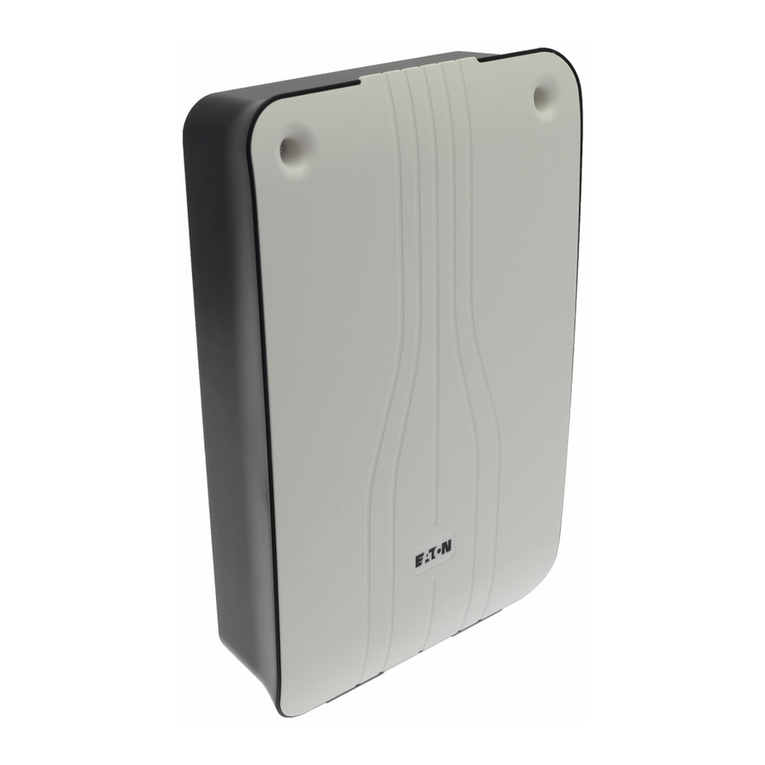
Eaton
Eaton i-on30R User manual

Eaton
Eaton Power XL SmartWire-DT DX-NET-SWD1 Manual
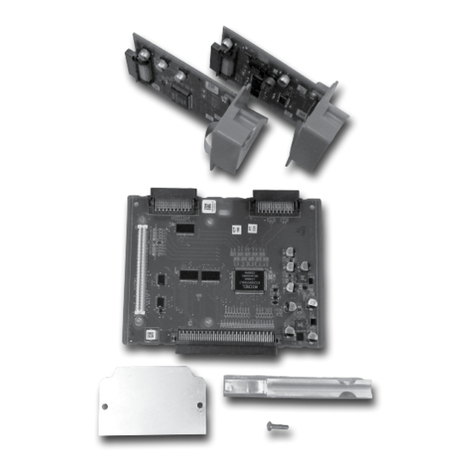
Eaton
Eaton Form 4D Recloser Control User manual
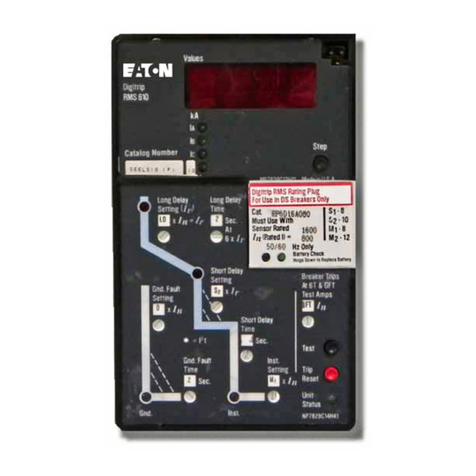
Eaton
Eaton Cutler-Hammer Digitrip RMS 610 Manual
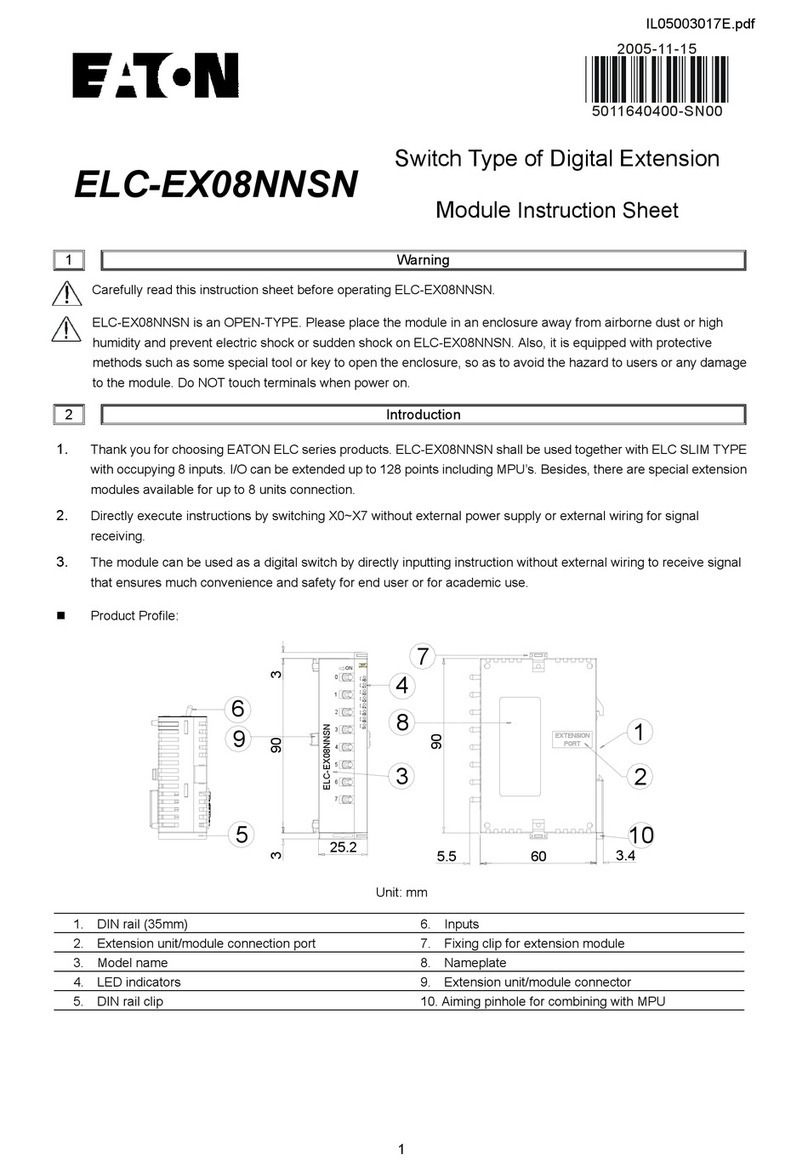
Eaton
Eaton ELC-EX08NNSN User manual

Eaton
Eaton XNE-1SWIRE User manual

Eaton
Eaton EWFFSC15 User manual
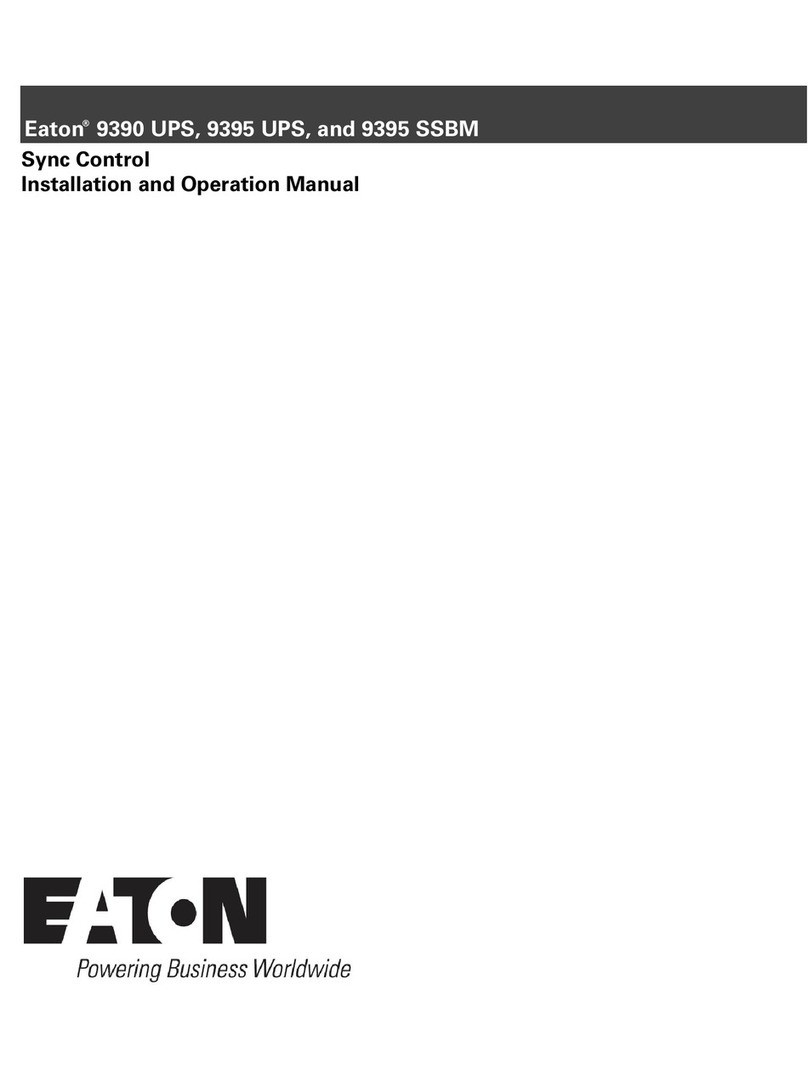
Eaton
Eaton 9395 SSBM User manual
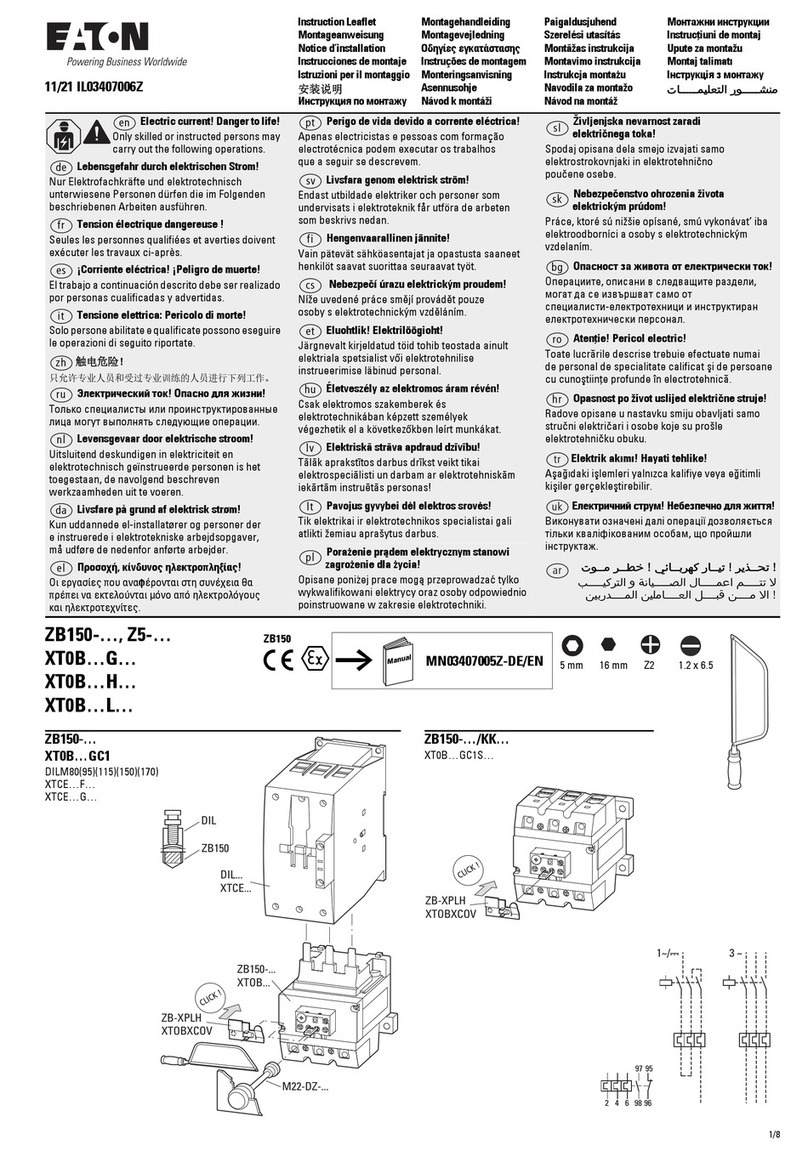
Eaton
Eaton ZB150 Series Manual
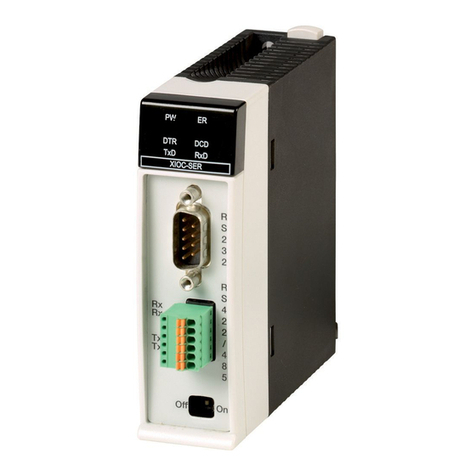
Eaton
Eaton XIOC-SER Manual
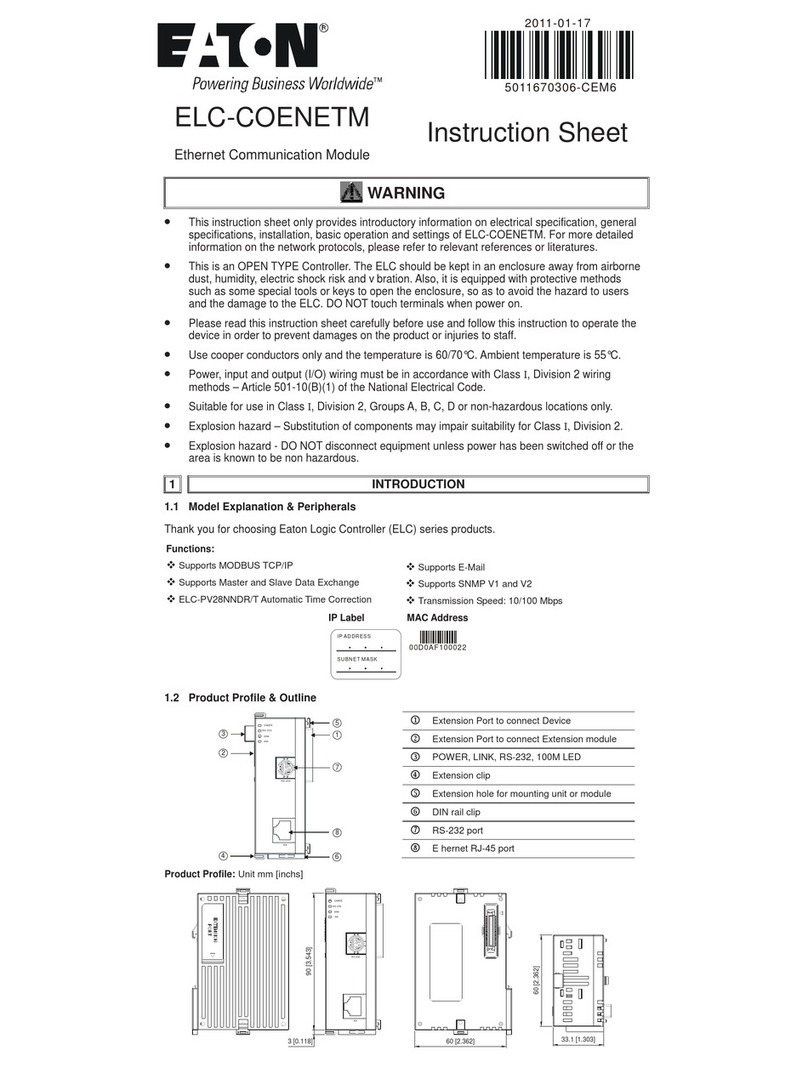
Eaton
Eaton ELC-COENETM User manual

Eaton
Eaton 11 Series Installation manual
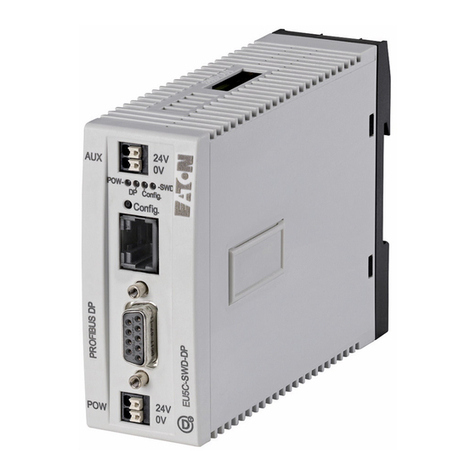
Eaton
Eaton SmartWire-DT SWD Series User manual

Eaton
Eaton Powerware Series User manual

Eaton
Eaton Powerware Series User manual

Eaton
Eaton Cutler Hammer PanelMate ePro 7685 8 Series User manual
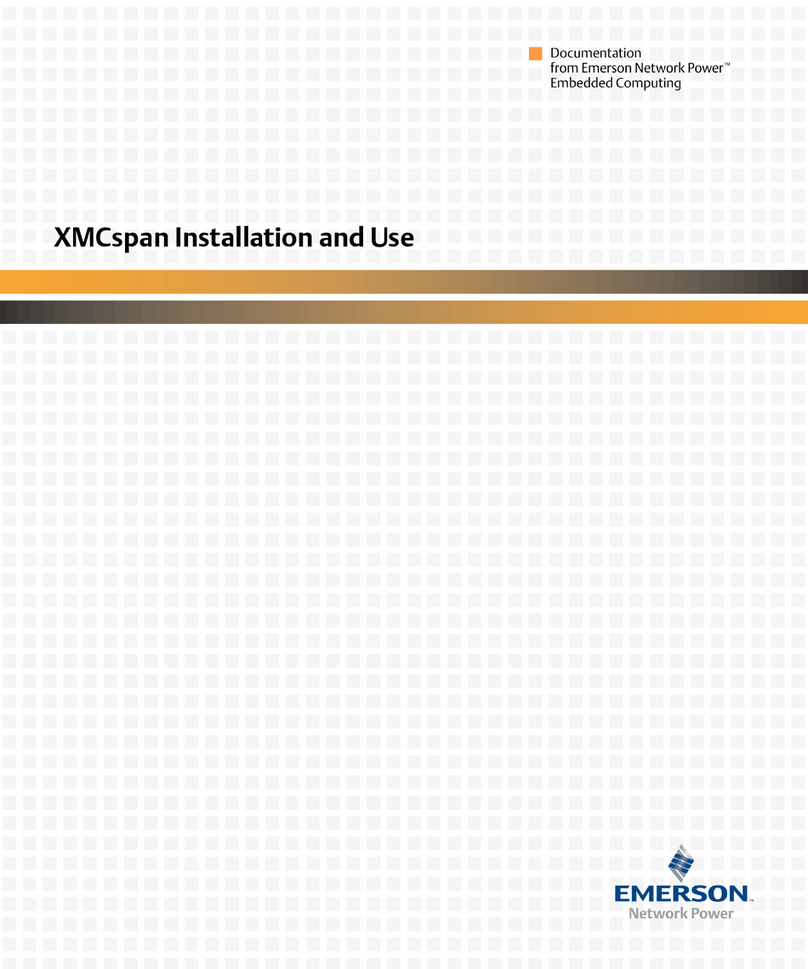
Eaton
Eaton XMCSPAN-001 Guide

Eaton
Eaton SystemStak DGM-5-30 Series User manual
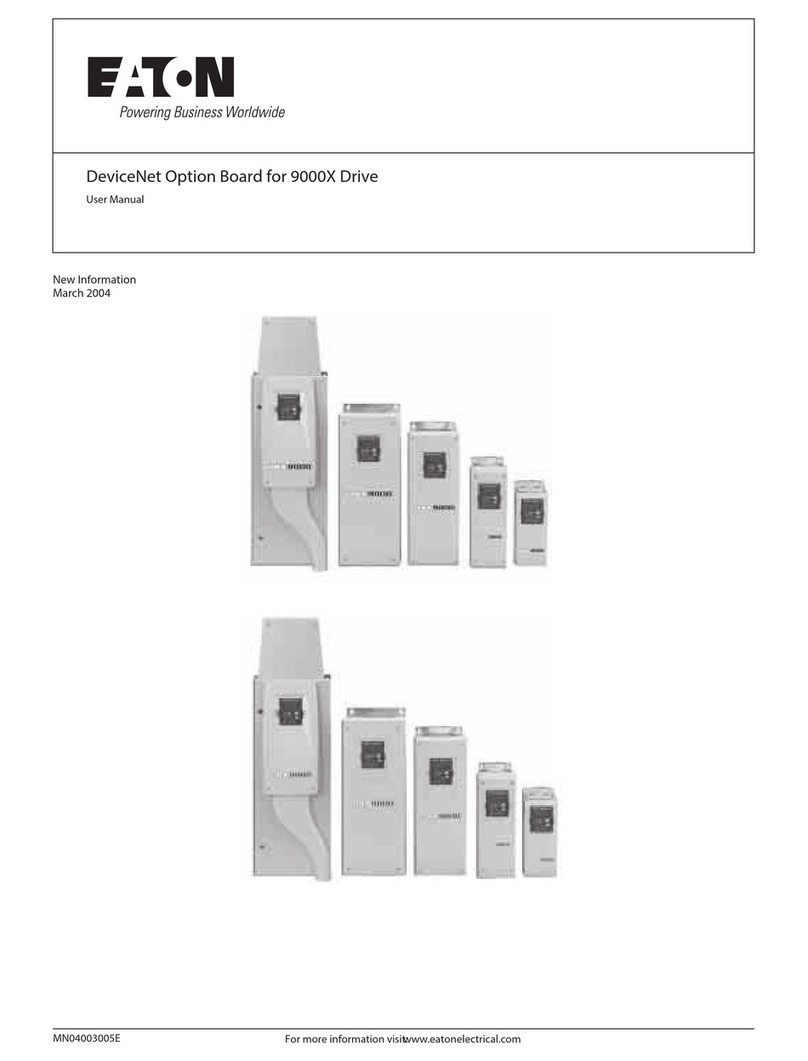
Eaton
Eaton DeviceNet User manual
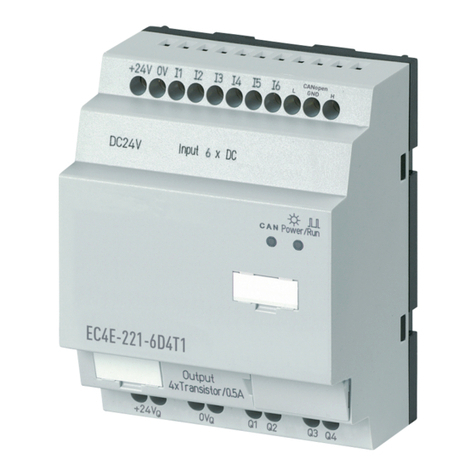
Eaton
Eaton EC4E-221-6D4T1 User manual
Popular Control Unit manuals by other brands

Festo
Festo Compact Performance CP-FB6-E Brief description

Elo TouchSystems
Elo TouchSystems DMS-SA19P-EXTME Quick installation guide

JS Automation
JS Automation MPC3034A user manual

JAUDT
JAUDT SW GII 6406 Series Translation of the original operating instructions

Spektrum
Spektrum Air Module System manual

BOC Edwards
BOC Edwards Q Series instruction manual

KHADAS
KHADAS BT Magic quick start

Etherma
Etherma eNEXHO-IL Assembly and operating instructions

PMFoundations
PMFoundations Attenuverter Assembly guide

GEA
GEA VARIVENT Operating instruction

Walther Systemtechnik
Walther Systemtechnik VMS-05 Assembly instructions

Altronix
Altronix LINQ8PD Installation and programming manual

